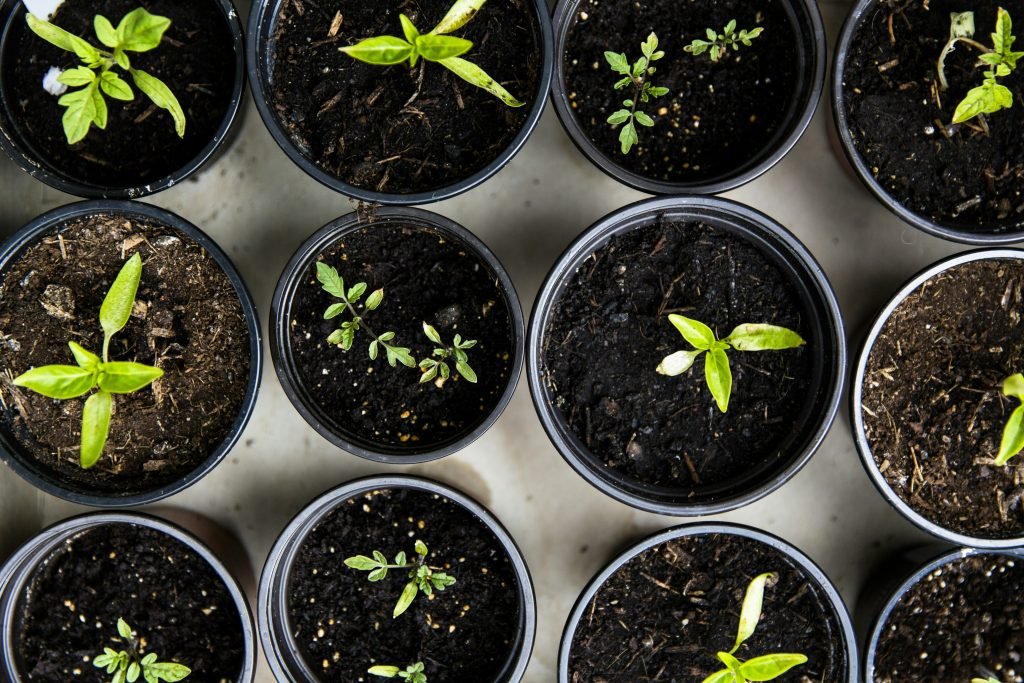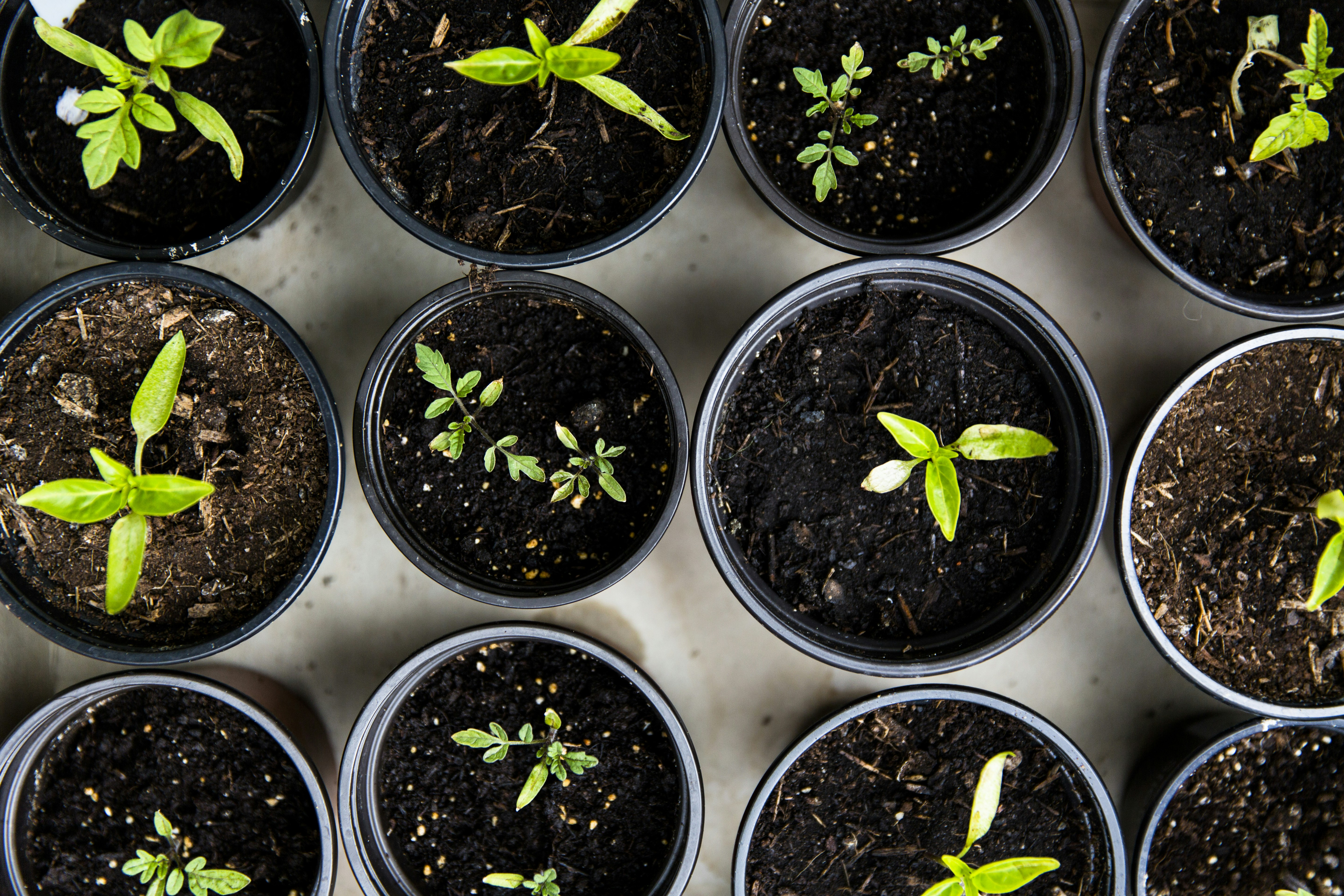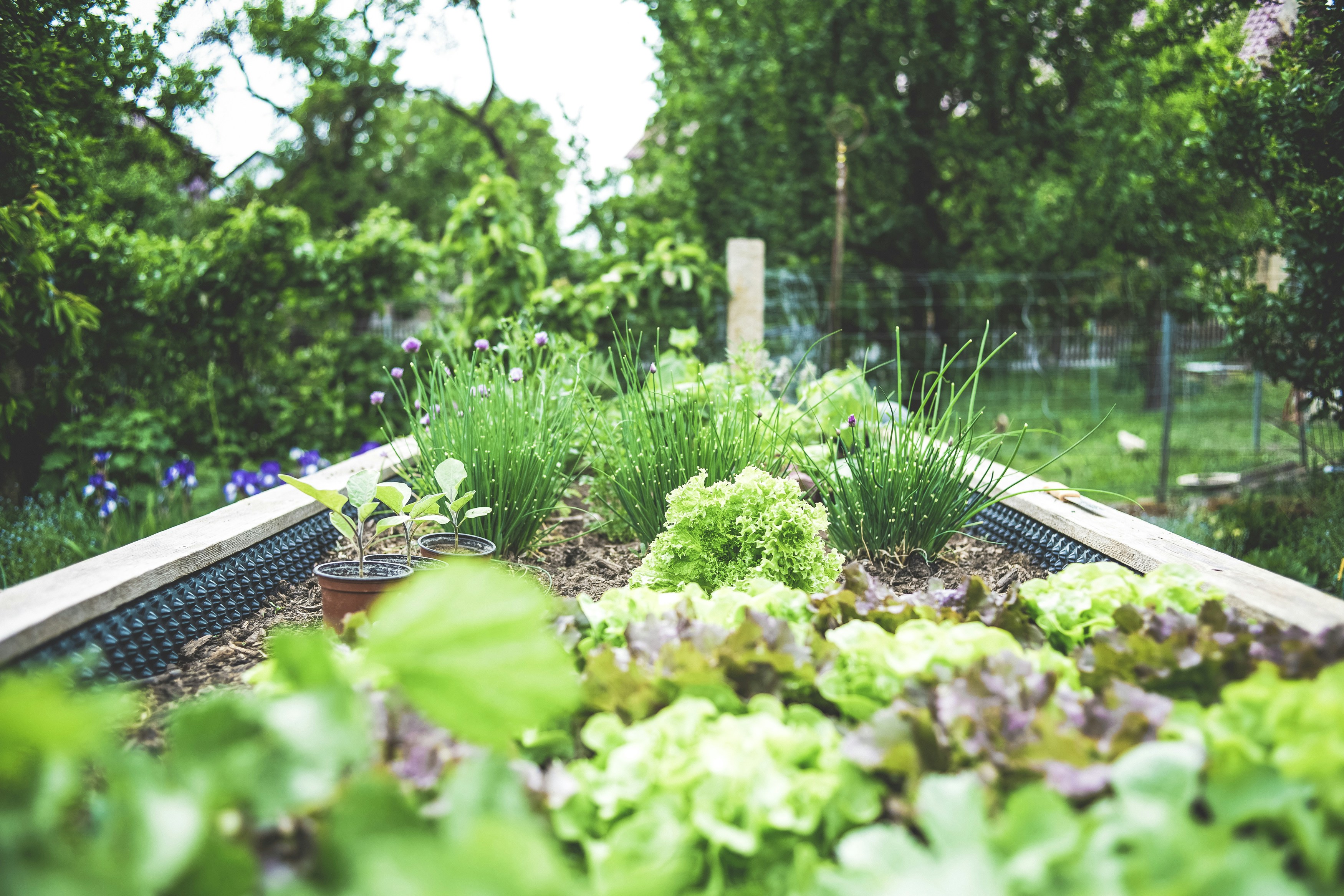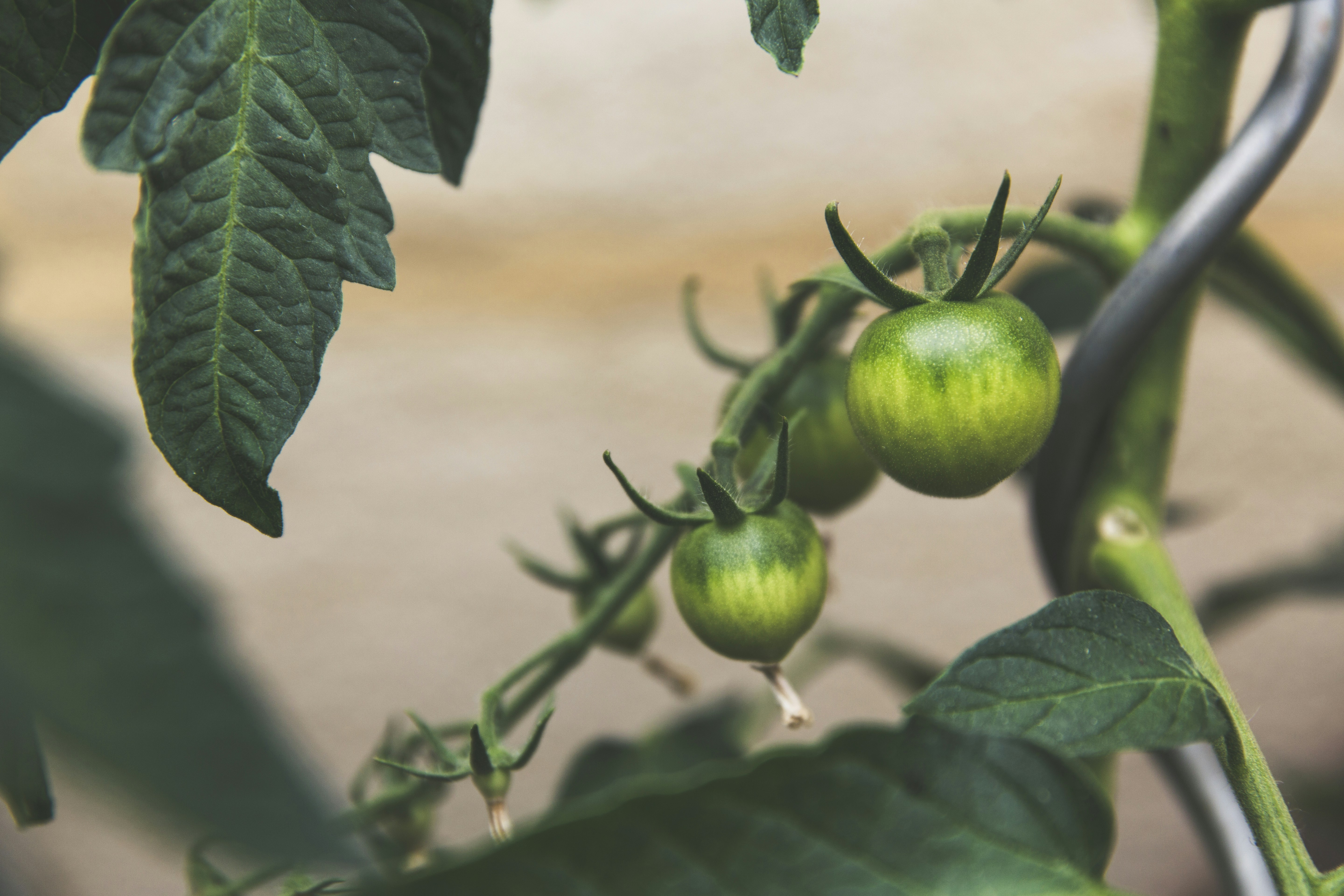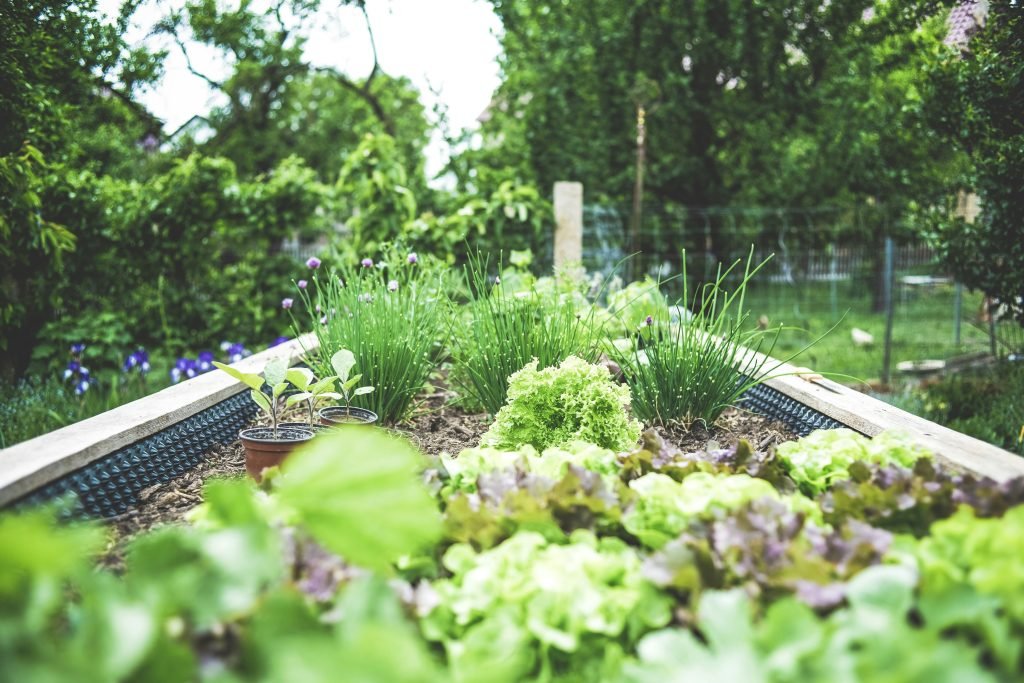Have you ever thought about starting your own herb garden but felt unsure where to begin? Growing herbs at home can be both rewarding and easy, even for beginners. Let’s talk about the easiest herbs to grow and how you can get started on this wonderful journey.
This image is property of images.unsplash.com.
Why Grow Herbs?
Growing your own herbs is not only cost-effective, but it also adds fresh flavors to your meals. It’s easy to access fresh ingredients right from your kitchen or balcony. Plus, herbs can offer various health benefits and create a lovely green space in your home.
Benefits of Growing Herbs
- Freshness: Nothing beats the taste of freshly picked herbs.
- Health: Many herbs are packed with nutrients and can have various health benefits.
- Convenience: Having herbs just a step away from your kitchen is incredibly convenient for cooking.
- Aesthetics: Herbs can enhance the visual appeal of your home or garden.
Choosing the Right Herbs
When starting your herbal garden, it’s essential to choose the right herbs that are easy to grow, especially if you’re new to gardening. Here’s a shortlist of beginner-friendly herbs:
- Basil
- Mint
- Chives
- Parsley
- Rosemary
- Thyme
Each of these herbs has its unique characteristics and growing requirements.
Basil
Basil is one of the most popular culinary herbs and is known for its sweet flavor. It pairs nicely with tomatoes and is a staple in Italian cooking. Here are some details about growing basil:
- Light Requirements: Basil loves sunlight, so ensure it gets at least 6 hours of direct sunlight daily.
- Watering: Water your basil when the top inch of soil feels dry. Avoid overwatering, as it can lead to root rot.
- Harvesting: Pinch off leaves regularly to promote bushy growth.
Tips for Growing Basil
- Start basil from seeds or small plants.
- If growing indoors, choose a sunny window or use grow lights.
Mint
Mint is a refreshing herb that can be great for teas, desserts, and salads, but be cautious: mint can spread quickly if planted in the ground. Here are some growing tips:
- Light Requirements: Mint can thrive in partial shade to full sun, making it versatile in various environments.
- Watering: Keep the soil consistently moist but not soggy.
- Harvesting: You can harvest mint leaves at any time, but it’s best to do so before the plant flowers.
Tips for Growing Mint
- Consider planting mint in a pot to control its spread.
- Regular trimming helps keep the plant healthy and promotes new growth.
Chives
Chives are a mild herb that can add a beautiful pop of green to any dish. They are very easy to grow and can be grown indoors or outdoors. Here’s what you need to know:
- Light Requirements: They prefer full sun but can tolerate partial shade.
- Watering: Water them moderately, letting the soil dry out a bit between watering sessions.
- Harvesting: Use scissors to snip off the leaves as you need them, allowing new growth to emerge.
Tips for Growing Chives
- They can be grown from seeds or small plants.
- Chives bloom with beautiful purple flowers, which are also edible.
Parsley
Parsley is a versatile herb used in cooking and garnishing. There are two main types: curly and flat-leaf parsley. It’s another easy-going herb to grow.
- Light Requirements: Parsley enjoys full sun but can tolerate some shade.
- Watering: Keep the soil evenly moist, especially during dry spells.
- Harvesting: Start harvesting from the outer leaves, allowing the inner leaves to continue growing.
Tips for Growing Parsley
- Patience is crucial, as parsley can take a while to germinate.
- You can grow it in pots or garden beds.
Rosemary
Rosemary is a fragrant herb that’s perfect for seasoning meats and adding to roasted vegetables. While it requires a bit more care than the previous herbs, it’s still manageable for beginners.
- Light Requirements: Rosemary thrives in full sun, needing around 6 to 8 hours of light each day.
- Watering: Prefers dry conditions, so let the soil dry out between watering.
- Harvesting: Snip off sprigs as needed, and don’t be shy; this encourages new growth.
Tips for Growing Rosemary
- Choose well-draining soil to prevent waterlogging.
- A pot with drainage holes is ideal if you’re growing rosemary indoors.
Thyme
Thyme is a hardy herb that adds depth of flavor to many dishes, especially meats and stews. It’s relatively easy to grow and doesn’t require much maintenance.
- Light Requirements: Thyme enjoys full sun and at least 6 hours of direct sunlight daily.
- Watering: Allow the soil to dry out between watering.
- Harvesting: Take sprigs as needed; thyme is resilient and can handle regular harvesting.
Tips for Growing Thyme
- Thyme can be grown indoors if placed in a sunny spot.
- Cooking with fresh thyme can truly elevate your culinary creations.
This image is property of images.unsplash.com.
Planting Your Herbs
Once you’ve decided which herbs to grow, the next step is to plant them. Here’s how you can do it effectively:
Indoor vs. Outdoor Growing
- Indoor Growing: Great for limited space, you can use pots or containers. Ensure they receive enough natural light or use grow lights.
- Outdoor Growing: If you have a garden, choose a sunny spot with well-draining soil.
Soil and Fertilization
- Use quality potting soil if planting in containers.
- If you’re planting in your garden, ensure the soil is rich in organic matter.
- Most herbs don’t require heavy fertilization, but you can use a balanced fertilizer once or twice during the growing season.
Seed vs. Starter Plants
- Seeds: A economical way to start an herb garden. Follow seed packet instructions for planting depth and spacing.
- Starter Plants: If you prefer to skip the germination process, buy starter plants from a garden center.
Caring for Your Herbs
Proper care is essential for the health and productivity of your herbs. Below are some essential care tips.
Watering
- Consistency: Keep a regular watering schedule, especially during hot days.
- Signs of Over/Under-Watering: Yellowing leaves could mean overwatering, while wilting indicates a need for more water.
Pruning and Trimming
Regular cutting encourages fuller growth. Be mindful to take only a portion of the leaves to allow the plant to recover and continue growing.
Pests and Diseases
Herbs can fall prey to pests like aphids and spider mites. Here are some ways to manage them:
- Natural Remedies: A spray of diluted dish soap can help repel pests.
- Healthy Plants: Keeping your herbs well-watered and trimmed reduces the chance of disease.
This image is property of images.unsplash.com.
Harvesting Your Herbs
Knowing when and how to harvest your herbs is crucial to enjoying the freshest flavors.
Timing
Whenever you need the herbs, feel free to snip them. However, it’s best to harvest in the morning when the oils in the leaves are most concentrated.
How to Harvest
- Use scissors or garden shears to cut stems.
- Avoid pulling leaves off the plant to prevent damage.
Preserving Your Herbs
If you find yourself with a bountiful harvest, you may want to preserve your herbs to enjoy their flavors year-round.
Drying
Drying herbs is an easy method to store them. Here’s how you can do it:
- Air Drying: Tie several stems together and hang them upside down in a dark, dry place until they’re completely dry.
- Oven Drying: Place herbs on a baking sheet and heat in a low oven (around 180°F/80°C) for a couple of hours.
Freezing
Freezing herbs retains their flavor:
- Chop the herbs and place them in an ice cube tray, filling with water or olive oil. Once frozen, transfer them to a freezer bag.
Troubleshooting Common Issues
You might face some challenges while growing your herbs. Here are some common issues and their solutions:
Yellow Leaves
This can indicate overwatering or lack of nutrients. Ensure the soil is dry between watering sessions and consider fertilizing.
Wilted Plants
Wilted herbs might be thirsty. Check the soil moisture and water them if it feels dry.
Slow Growth
If your herbs are growing slowly, they might need more sunlight or richer soil.
Final Thoughts
Starting your herb garden can be a fun experience that brings joy and flavor to your culinary adventures. You can create your small oasis filled with the freshest herbs by choosing the right plants and learning to care for them. Remember to enjoy the process; gardening is as much about the journey as it is about the results.
So, what are you waiting for? Get your hands in the soil and start growing! You’ll be amazed at how rewarding it can be to use your home-grown herbs in your meals. Whether you choose basil, mint, chives, parsley, rosemary, or thyme, each herb brings something special to your kitchen and table.

